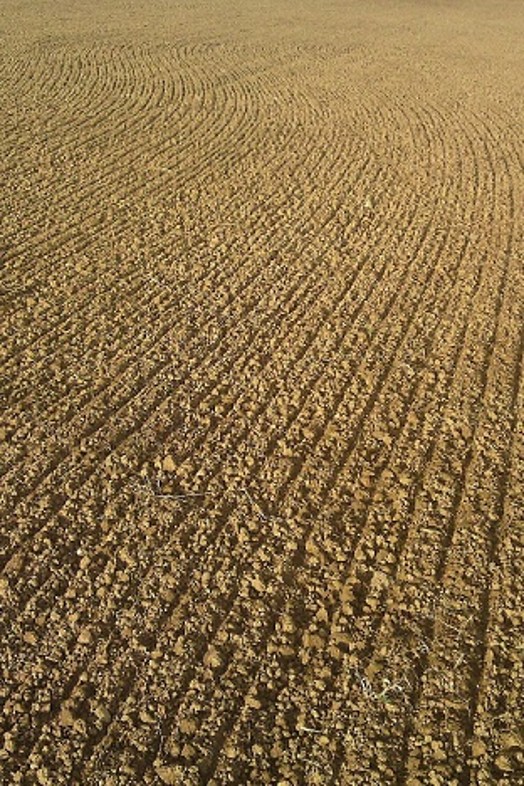Supporting guidance for Creation of Buffer Areas for Fens and Bogs
This is an old version of the page
Date published: 30 March, 2015
Date superseded: 1 December, 2017
This item supports the establishment of a low-productivity grass sward on arable land to be managed under the Management of Buffer Areas for Fens and Lowland Bogs option.
The main purpose is to:
- provide a buffer between arable operations on adjacent land and the fen or bog;
- to stabilise soils next to the fen or bog by bringing them out of annual cultivation and into a low-input management regime;
- to trap and filter nutrient-rich and sediment-loaded water from both surface run-off and field drains.
The measure does not replace the need to control soil and nutrient loss from source.
Further information on the function, value and management of the buffer area is available under the supporting guidance for Management of Buffer Areas for Fens and Lowland Bogs.
What to plant
Where arable land is to be re-sown to grassland it is important to select a suitable mix for damp or wet conditions, particularly if the site is to be re-wetted. It should also be capable of withstanding livestock grazing in such conditions, and be suited to having lower inputs than productive grassland.
Suitable cultivated grass species include:
- Common bent – Agrostis capillaris
- Meadow foxtail – Alopecurus pratensis
- Crested dog's tail – Cynosurus cristatus
- Chewings fescue – Festuca rubra ssp. commutata
- Smooth-stalked meadow grass – Poapratensis
Other grasses, such as creeping soft-grass – Holcus mollis, marsh fox tail – Alopecurus geniculatus, flote grass – Glyceria fluitans, are able to cope with wetter conditions, but are likely to colonise naturally.
The introduction of native wildflowers into the sward should be discussed and agreed with your Scottish Natural Heritage officer, because of the proximity to existing native sources within the bog or fen.
For more information use a native range or contact your local Scottish Natural Heritage office.
Establishment

It is important to make sure ground preparation is completed as soon as conditions allow in the spring. You should sow the sward before June of the first year of entry. Avoid disturbing wet hollows and similar areas within the buffer area which should already have a green cover on them. This will avoid further damage to soil structure and vegetation.
In addition, in-line with Cross Compliance, keep cultivations at least two metres away from the edge or bank top of any water feature or wetland.
Whether the sward establishment is done before or after any water management activities will depend on the scale and type of works. Where you are undertaking large-scale works such as ditch re-alignment, or pond creation consider establishing the sward later. For small-scale works, such as bringing pipes to the surface it may be better to get the sward sown first.
Cultivations should result in a fine firm seedbed. Leave bare for a week or two and then kill any weed seedlings that arise, either by herbicide treatment or very light tillage, for example with light chain harrows or spring tines. This operation may be repeated. Avoid deep cultivations which will bring-up new weed seed.
No fertilisers should be applied at any time.
Sowing rates should be at about 20–30kg/ha depending on the mix. Grasses such as bent have many thousands of seeds per gram and so rates are normally lower than for commercial productive swards. Because the seeds tend to be small, it is only necessary to either sow them directly on the soil surface or very shallow. One method is to go over the area with ridge-rollers in one direction, broadcast the seed, and then roll the ridges flat to bring the seed into contact with the soil.
Management
Management should be by extensive grazing. Grazing initially by sheep, in the summer, or if necessary autumn, of the first year, when the sward is 50–75 millimetres high, should prevent the plants from flowering and encourage the grasses to tiller and thicken the sward. The number of livestock and the length of grazing will depend on the productivity of the sward and ground conditions.
In following years, as the sward strengthens, it may be grazed for longer, and / or with cattle, with the aim of keeping the sward 75–200 millimetres over the year. The sward needs to be long-enough to slow surface run-off.
Because the aim is to reduce nutrient inputs to the bog or fen, it is important not to apply fertilisers, including manures, on the site, or to supplementary feed livestock on the area as this both brings-in nutrients and concentrates soil poaching by livestock.
It may be necessary to control invasive and pernicious weeds, such as, thistles and docks. It is important to put this in your plan and agreed with your case officer. The control will need to be targeted, for example by wiping or spot-spraying the target plants.
Related capital items
- Wetland Creation – Field Drain Breaking
- Wetland Creation – Pipe Sluices
- Ditch Blocking – Plastic Piling Dams
- Ditch Blocking – Peat Dams
- Moving or Realigning Ditches
- Creation of Buffer Areas for Fens and Bogs
- Pond Creation for Wildlife
- Creation of Wader Scrapes
- Stock Bridges for Bog, Fen or Wetland Management
- Scare and Temporary Electric Fencing
- Stock Fence
- Gate
